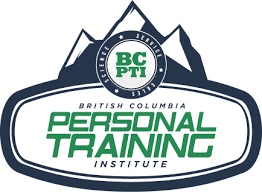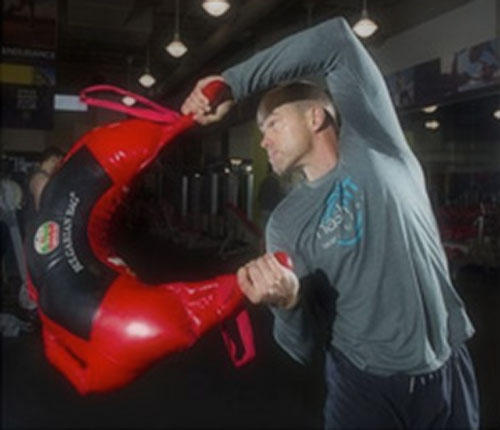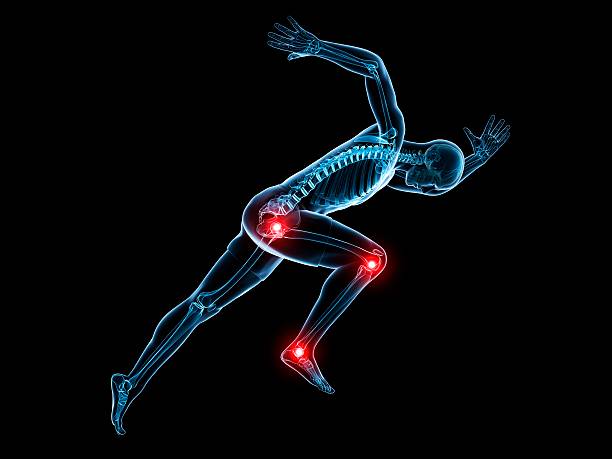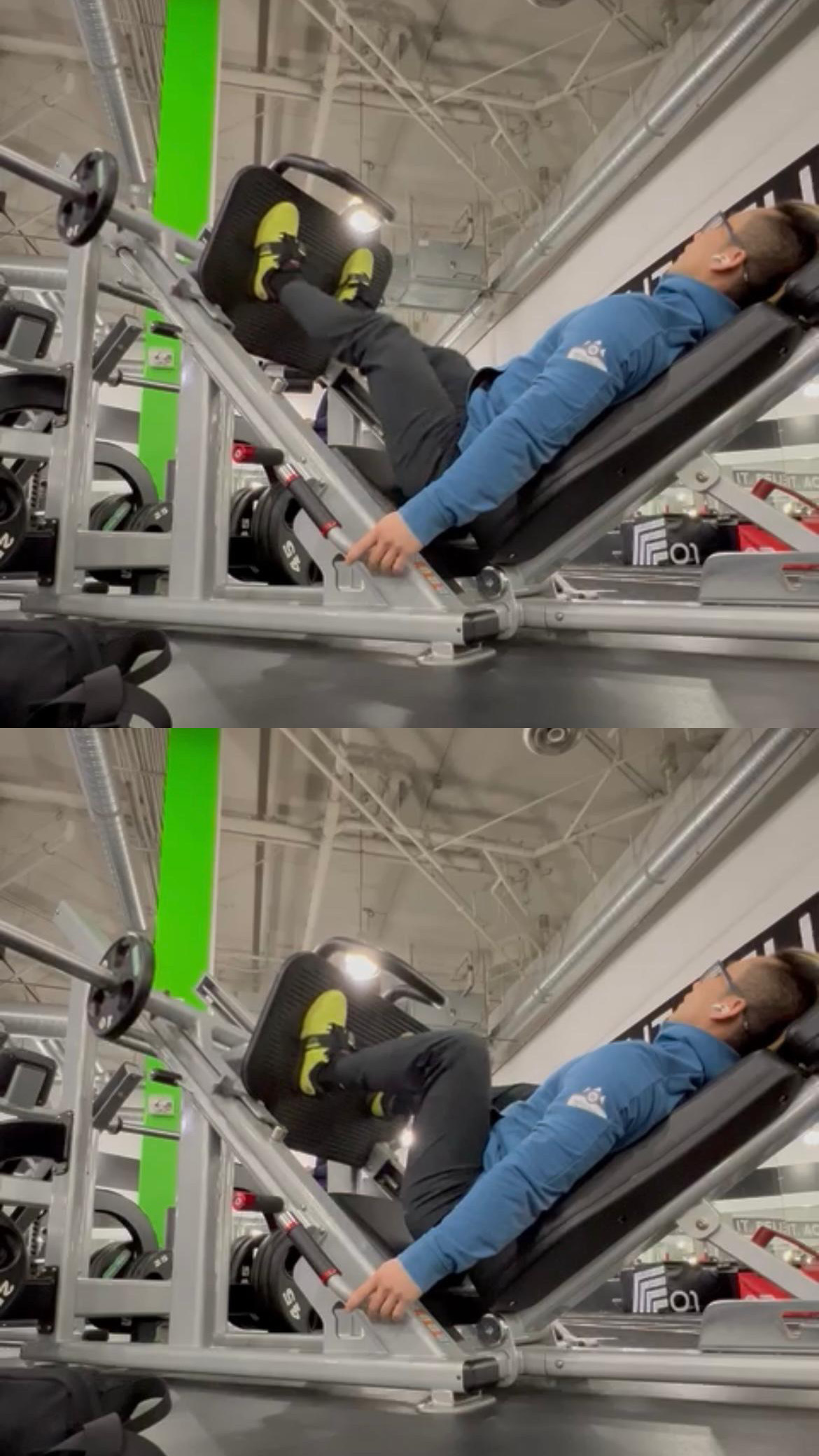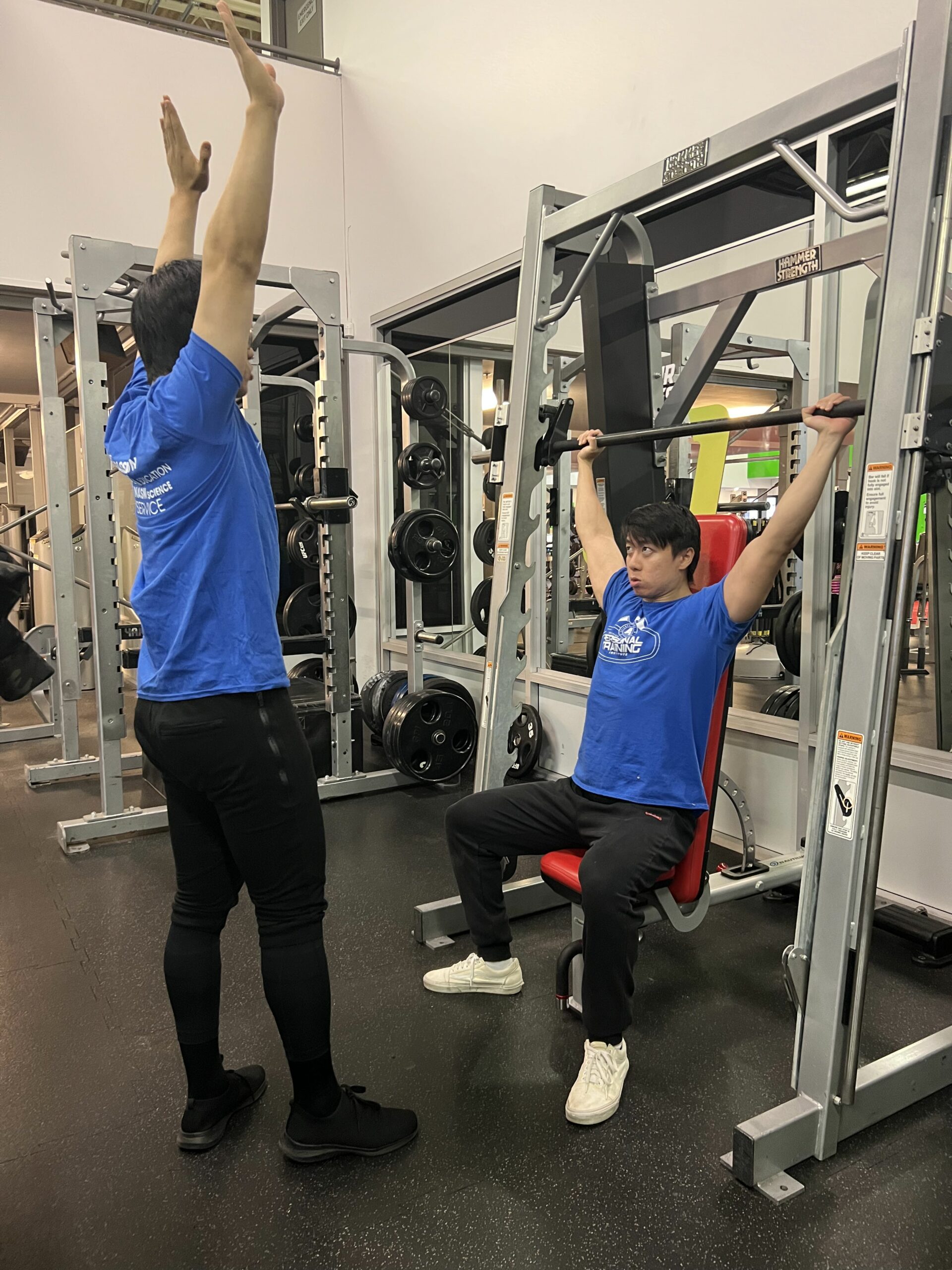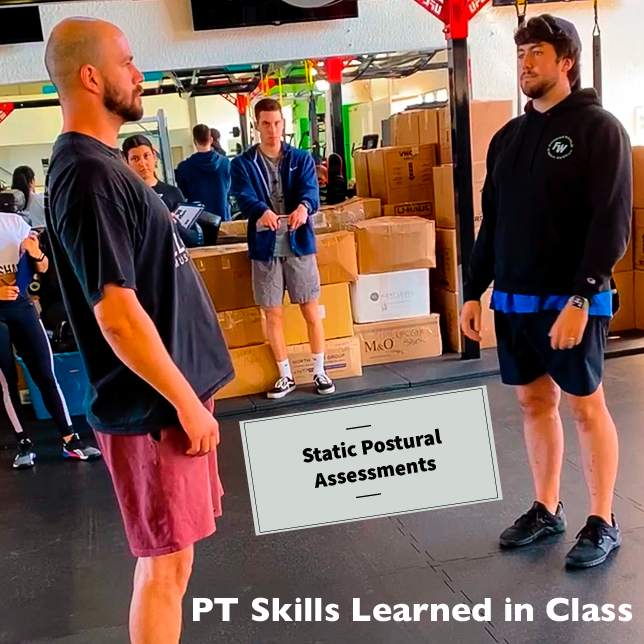
One to two times per week, a trainer will ask me, “What courses, books or resources are best suited to help me achieve my fitness and/or career goals”. Fitness education & CEC’s can be a difficult monster to slay, particularly for those considering a fitness career or are brand new to the industry. This article is meant to be a resource based overview of fitness trends, continuing education and the importance thereof towards creating a successful fitness career.
Unfortunately, while I am asked the above question regularly, many trainers do not seek fitness career help or educational advice. When I was new to the fitness industry and hot off my 2 university degrees, I thought I had extensive training & athletic history. It took a couple of years and a few mind blowing experiences, but WOW was I ever wrong. Now, with 3 degrees and no less than 10 industry relevant certifications under my belt, I have a new perspective and saying:
“The more I learn, the more I realize how much there is to learn”.
Lesson 1: Stay humble, open minded and hungry. I was very closed minded early in my career and it almost handicapped me from achieving my current position as Trainer Mentor / Director of Education at Steve Nash Fitness Clubs and the British Columbia Personal Training Institute.
I’m sure I can chalk that up my early experiences in the same light as many of the trainers that don’t chase continuing education vigorously by saying that “ignorance is bliss”. In a similar vein new trainers simple “don’t know what they don’t know”. Believing I knew a lot, or enough, was pretty close minded of me. During that time, I found myself surrounded by other closed minded personal training professionals. On top of that, what I gained from reading & training was an extensive bodybuilding exercise library, without a training philosophy, or perspective on the importance of information from the fields of rehab, nutrition, wellness, athletic training, or sports psychology etc.
So, to better help answer the question, “Why is continuing education important?” let’s first list the important reasons for continued education & then quickly review key elements of the fitness industry & its current trends. Below are a few of the important reasons for continued post certification education:
- Most certifying bodies require trainers to achieve CEU’s on a semi regular basis. For example NASM requires students to achieve 2.0 CEU’s every 2 years in order to maintain their NASM CPT designation.
- Industry Relevant & Uniqueness. While trainers can certainly learn on the job, changing demographics, trends and tools make difficult to stay relevant without additional education. Prospective clients notice the UNIQUE skills of trainers.
- Pay commensurate with expertise. In many organizations trainers are rewarded with additional salary and career opportunities based on the number of recognized certifications and credentials they have. Similarly, additional certification allows independent trainers to justify to PT rate increases etc.
- Career longevity. Trainers who continue their education statistically are more likely to rate their career satisfaction higher than those who do. This leads to longer careers in fitness
- Variety. The more tools a trainer possesses the more programming variety they can pass along to clients. Similarly a trainers personal passion for fitness & PT can reinvigorated with new tools.
Now that you understand the importance of education to your career, let’s dig a little deeper. Regardless if you are “Chasing your cheque or your passion”trainers have to get paid. Clearly, continued education will help regardless. In my opinion, chasing your specific fitness niche and passion is admirable and probably a great long-term goal, but I always recommend that new trainers try on as many “pairs of pants” as possible. By that, I mean be a sponge, try different training styles and accept a variety of clients.
“Early in your career diversifying your training and educational portfolio is paramount!”
While I highly recommend learning from well-respected and highly educated Individuals and the resources they create, remember, fitness education doesn’t require a huge financial commitment; simply surround yourself with a team of learners (i.e. peer group, share books, start a master mind group ). These inexpensive tactics are known to be successful and allow you to share and succeed together.
“Determining the Right Path to Continuing Education Enlightenment”
To determine the best path for continuing education, you must first examine fitness related demographics & current trends. For the purpose of this Blog, I’m only reviewing areas that trainers should pay particular attention to when trying to stay cutting edge or break into a growing field. Below are few important facts designed to help trainers make important educational decisions:
On average there are more people who are inactive and overweight than people who are active and within healthy weight ranges.
- North American lifestyles are becoming more automated and less recreationally active.
- Due to the aging baby boomer population, the percentage of the population over the age of 65 that workout on a consistent basis is steadily increasing.
- A large portion of the” fit” suffers from chronic pain in one or more of their joints, which is aggravated during physical activity.
While demographical related info often helps to create the current fitness trends they’re not always aligned. Therefore to best determine the right educational path, both demographical and fitness trends should be considered. To that end trainers wanting to remain industry-relevant should definitely pay attention to the trends, while realizing the tools used to train within those trends change frequently. Therefore, it is important to select tools that have developed or likely will build a strong brand and presence. Some of the hottest fitness trends of 2015 and now 2016 are:
- Body weight strength training
- Flexibility and mobility training
- Functional training
- Loaded movement training
- High intensity training, personal training
The Educational Resources to Stay Cutting Edge
Armed with the above facts we can begin to expand on the fitness areas of interest and topics listed previously. Each of these areas offers unique educational opportunities & platforms for trainers; being UNIQUE is good!
Below is a resource based path to career development and your personal fitness journey success. For each of the demographical and trending points above I’ve expanded and discussed relative to the most common paths trainers & strength and conditioning coaches choose for learning. While I have included, fitness conferences are another valuable path towards continued education discuss. According to a position paper in the Journal of Strength and Conditioning Research, peer groups are the number one way in which trainers educate themselves. But for the purpose of this Blog we will focus our attention to the following educational opportunities in my suggest resources within each. Each of these are will be looked based on the Trends and demographical information previously discussed.
- Industry-relevant certification / seminars
- Industry relevant books and journals.
- Online resources

Inactivity epidemic
Any trainer, particularly those new to the industry should recognize that a huge portion of the population at some point will want to lose body fat. Information on goal setting, exercise adherence, nutritional guidance, motivation, body fat analysis and health and wellness will be important to the success of these clients. Some of my favorite resources in these areas include:
1. Courses / Certification:
- Dr. John Berardi – is renowned nutritional and supplement expert who has developed his own nutritional certification is a very good on-line platform http://www.precisionnutrition.com/blog .
- Paul Chek – a holistic approach to health, nutrition, rehab & functional training http://www.chekinstitute.com/CHEKResources/
- The Canadian Society for exercise physiology – Canada’s most comprehensive certifying body in health and exercise physiology based programming and my first ever certification. Here’s a link to their Chronic Health Conditions webinar based learning http://www.csep.ca/view.asp?ccid=551
2. Online Resources & Certification: Dr. Joseph Mercola – one of the top health websites in the world www.mercola.com
3. Trending: a growing area of interest- One of the more interest & current research is the impact of pH balance on metabolism.
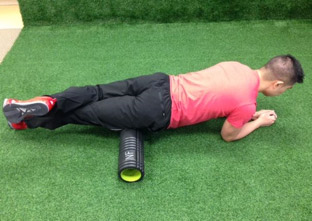
Lifestyle & Automation
This area doesn’t require additional certification but automation is causing greater levels of inactivity. The high intensity resources are listed under modality based functional training.
Less recreational activity throughout a person’s day requires the metabolic dysfunction to counterbalance with metabolically demanding activities designed to simultaneously burn more calories, increase hormonal response to exercise and create tissue breakdown. All of which, require longer degrees of recovery and higher metabolic outputs post-exercise. Rule of thumb, for every “Ying” there is a “Yang”. High intensity formats require longer recovery and therefore knowledge of recovery based training methods like low intensity calisthenics / mobility and fascial stretch therapy which will create the perfect balance of knowledge. Therefore, it will give traders the tools to safely and effectively plan weekly and monthly workout schedules for their clients.
- Courses / Certification: Therapeutic Mobility (coming to Steve Nash trainers in 2016), FST (Fascial Stretch Therapy), Yoga (http://www.bksiyengar.com/modules/Institut/institut.htm ) Tai Chi & Chi Gong (especially for aging populations http://nqa.org/membership/certification/ )
- Books:Fascial Stretch Therapy, The Heart of Yoga: Developing a Personal Practice, Light on Yoga: The Definitive Guide to Yoga Practice
Aging Adult Fitness
Today, 1 in 7 Canadians is aged 65 or over. By 2036, nearly 1 in 4 Canadians will be a senior citizen. Sources: Population by broad age groups and sex, 2011 counts for both sexes, for Canada’s provinces and territories; “Population projections: Canada, the provinces and territories, 2013 to 2063
The Daily, Wednesday, September 17, 2014; Population Projections for Canada, Provinces and Territories, 2009 to 2036; Canadian Demographics at a Glance.
More importantly, this population has worked incredibly hard to develop disposable income and now want to take advantage of their retirement. New research states that an increasing portion of the aging population is turning to physical fitness as a postretirement insurance policy. Calling Milner, CEO of the International Council on Active Aging, has been spearheading educational opportunities for trainers wanting to take advantage of the growing population and baby boomer’s interest in fitness. He has been quoted to say, “In the last several years, aging adult fitness has really exploded, and it’s exploded in many segments, including health club memberships.”
Including Colin’s own aging population project titled “ The International Council on Active Aging”, some of my favorite resources for trainers interested in this area are listed below:
Certification & Courses:http://osteofit.org
Books: http://www.humankinetics.com/ProductSearchInside?isbn=9780736045131
Online Resources: http://www.icaa.cc/membership/individual.htm
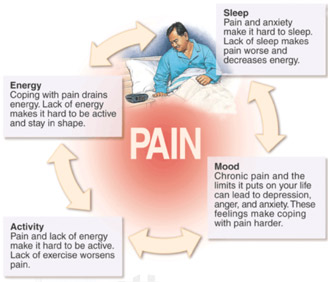
Chronic Pain and Muscle Imbalances
This area, which I referred to as “Prepairing2Perform” is an area of extreme personal interest. Over my years as a Strength and Conditioning coach, and now mentoring fitness trainers in the industry, I’ve realized that a pretty large gap exists between clients who have injury or low function and clients who have high function (Athletes). Not only does pain prevent clients from developing functional ability, it also causes changes to clients’ energy, sleep patterns, moods and overall activity levels. For these reasons, I created my own Functional Progression certification titled ‘nashFIT’, which creates individualized training programs based on the myofascial slings, the assessment thereof and highly effective coaching.
The importance of this discipline goes far beyond finding a financial niche for trainers to be successful; it’s an opportunity to provide professional assistance to clients, set them up for long term success, and prevent them from becoming injured during high intensity training. Finally, it’s a method to individualize a client’s personal training prescriptions & experience. To me, any trainer who doesn’t understand the art of error detection and correction isn’t fully providing their clients with the personalized experience they deserve.
Certification: Therapeutic Mobility (coming to internal Steve Nash trainers in 2016), FRC (Functional Range Conditioning), MAT (Muscle Activation Technique), DNS http://www.rehabps.com/REHABILITATION/Home.html , FST (Fascial Stretch Therapy), TP (Trigger Point), Feldenkrais (http://www.feldenkrais.com/accredited-trainings ),
Books: Movement, Anatomy Trains, Becoming a Supple Leopard, Optimal Muscle Training, Assessment and Treatment of Muscle Imbalance, Fascial Stretch Therapy
On-line Resources: http://www.fasciaresearch.de/publications/clinicians https://www.youtube.com/user/tptherapy
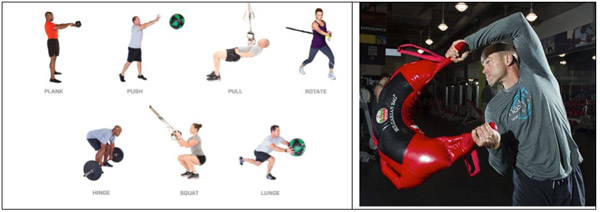
Modality Based Functional & High Intensity Training
Once you’ve learned the essentials of preparing a client for functional activities, determining the best tools and modalities to use in achieving their functional & fitness goals can be an arduous if not an overwhelming process. The fitness industry is abundant with great tools being used very poorly. The major reason is lack of proper education. Body weight strength, loaded movement training and mobility based flexibility are amongst the hottest trends in the fitness industry. While many trainers recognize the complexities associated with modality training and therefore obtain certification, many don’t. The details of exercise execution associated with Kettlebell, Bulgarian Bag, TRX, Gymnastics, Primal Movement, Viper, Sand bell’s, MMA & Strongman training are vast and require many hours of diligent learning and practice. My point is very simple: successful trainers often belong to a peer group at work and/or attend 1 to 1.5 hour seminars at fitness conferences in order to achieve there CEUs.
Certification: Bulgarian Bag (through Steve Nash’s internal education- nashFIT), Kettlebell & Primal Movement (nashFIT & http://www.agatsu.com/certifications/ ), Gymnastics (https://www.gymnasticbodies.com/ ), Heart Rate Training, Warrior.
Books: Functional Performance Training, Athletic Body in Balance
Online Resources Functional: https://www.youtube.com/user/EscapeFitness/featured , https://www.youtube.com/user/TRXtraining; https://www.youtube.com/user/suplestraining , https://www.youtube.com/user/functionalpatterns https://www.gymnasticbodies.com/blog/ , https://www.youtube.com/user/GymnasticBodies ,
Online Resources Mobility / Primal Movement: https://www.youtube.com/user/portaldo ; https://www.youtube.com/user/AndreoSpina
Professional Development & Educational Resources
While the above are amazing resources that must be utilized, it’s important to recognize the importance of 2 day plus seminars and certification in order to develop the required personal practice and teaching skills needed to successfully program for clients. Trainers should use their peer group and conferences as an opportunity for exposure new tools and modalities. Or to expand their currently existing tool boxes. In a conference setting, especially as it pertains to the complex movement based tools listed above, it’s impossible to develop the professional skill set required to instruct client’s a safely and effectively.
To ensure safe and effective instruction, it is highly recommended that trainers do a few simple things:
- Step 1- Voraciously seek out information in that area or on that tool.
- Step 2- Seek out professionals who have experience in that area and ask them how they have use that tool and to what degree of success they have implemented it with clients call it your Roo return on investment.
- Step 3- Become credentialed
- Step 4- “Purposefully practice” your new skills on yourself regularly. I personally either go through phases of training with my certified modalities or perform modality based training one time per week / modality. Once technical skills have been developed; I was tempted to say mastered but let’s keep it realistic shall we, 1x per week of purposeful practice is sufficient to maintain a high level of skill execution. That in combination with teaching the modalities is sufficient to permit high level execution and coaching.
At BCPTI, Chris Smith and I refer the NASM CPT (National Academy of Sports Medicine- Certified Personal Training Course) as the foundation of a house. All of our students are prepared for the industry through 5 paths:
- NASM CPT certification
- Industry relevant techniques from our instructors who have over 12 different industry relevant certifications between them
- Practical experience via our exclusive gym partnered practicum
- Guaranteed job placement for our graduates who then receive the nashFIT SNFC internal certification within the first few months of employment with Steve Nash.
- Steve Nash trainers can also take advantage of discounted modality based internal and external educator certifications offered within & exclusive to Steve Nash employees.
The above article and all of the imbedded information represent a potential up and comer & veteran continuing education platform. It is designed to help trainers develop additional credentials, education, and practical experience. Remember, educated trainers are happier, generally are paid higher salaries and are respected amongst their peer groups. There are a lot of areas I have not covered within this Blog, though I’d be happy to answer any of your CEU or education related questions. Feel free to contact or follow me and the BCPTI team on social media.
CHAD BENSON
MSc, BSc, BPE, CSCS, CanFitPro PTS
